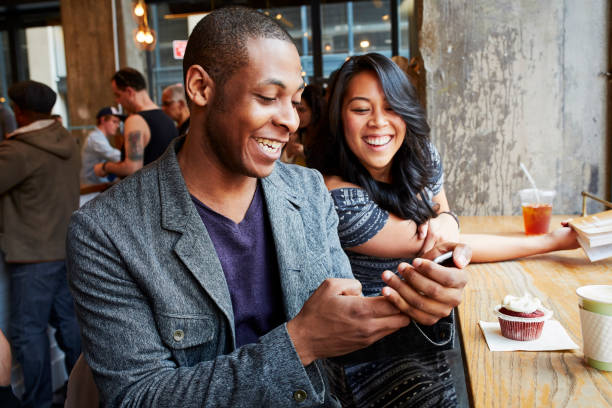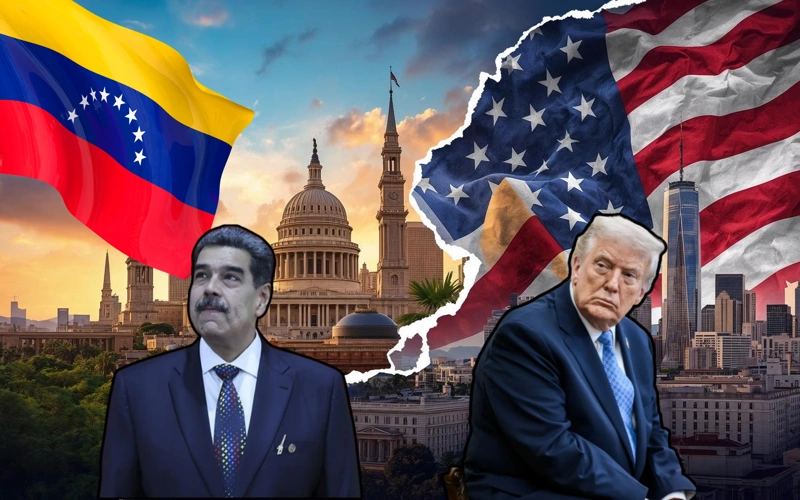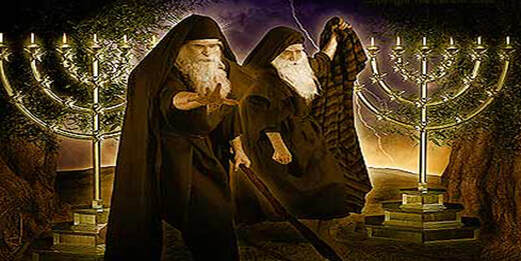(ThyBlackMan.com) There was a time when spending big at a swank restaurant would be regarded as an occasion requiring dress-up. Then the slob culture took over so that even when an establishment made great effort to arrange flowers, iron tablecloths and provide formal service, customers would turn up in sweatshirts and ratty sneakers.
Dress standards for deluxe dining started collapsing decades ago, but the pandemic pounded them further. With the health crisis receding, high-end restaurants are looking for a reset by establishing (or restoring) rules for dress. Olivetta in Los Angeles texts a warning: “Upscale fashionable dress code strongly enforced.” The management at Houston’s Thirteen — noting that “our wallpaper is Gucci” — also announced that customers in T-shirts and sweatpants would no longer be welcome.

Good for these defenders of decorum, and too bad for those who resent them.
The objections are flimsy, if not phony. But let’s address them anyway.
First off, dress codes are not about money. J. Crew sells navy blazers for only $199, while ripped-up jeans at Nordstrom go for an astounding $258. And not all classy dressers rely on expensive tailoring. Some people just have style, the ability to put together chic outfits with moderately priced parts. Proper attire can be found at Target, as well as Neiman Marcus.
Dress codes are not about race. Saying that they are is itself racist. It’s no secret that many of the most elegantly dressed men and women in any downtown are Black. And who could match the Black church ladies in their suits and fabulous hats for splendor?
There have been unfortunate reports, such as a restaurant turning away a Black customer in a track outfit while admitting a similarly dressed white one. The remedy is better-trained staff.
Dress codes are not about class. On the contrary, dressing down at upscale restaurants can take on the air of reverse slumming. Call it “slobbism.” You see people who look like they just cleaned the garage snapping fingers at waiters in pressed uniforms providing professional service.
Given the demographics of the kitchen staff that’s often preparing the truffled turbot — and many of the crisply attired workers in the front of the house — not giving a damn how one presents oneself to them can take on an air of class superiority, sometimes with racial undertones.
Dress codes are also about showing respect for the diners at the next table. When did we make the humans around us invisible?
We can partly blame an online culture where we watch what’s on the screen knowing that, in most cases, no one is looking back. Thus, we forget that at live performances — be they at a restaurant or theater — the audience is part of the show.
With the decline of communal dining at home, many have lost the sense of occasion outside of big deals, like Thanksgiving or a wedding party. The days and weeks melt into one long blah that can get extended to an expensive dinner at a finer restaurant.
As for the legalities of dress codes, yes, they are legal. Those enforcing them are private businesses. They have a right to set their own standards for conduct, which would include dress.
Of course, there is no fashion police to arrest rich peasants in T-shirts bearing vulgar words or wearing baseball caps on backward. Such diners still have a multitude of options, many of which serve pretty good food. These restaurants may welcome anyone who can pay, and that’s fine.
Just remember that dress codes are about fostering respect, not exclusion. And even the most casual places may post signs saying, “No shoes, no shirt, no service.”
Written by Froma Harrop
Official website; https://twitter.com/FromaHarrop

















Leave a Reply